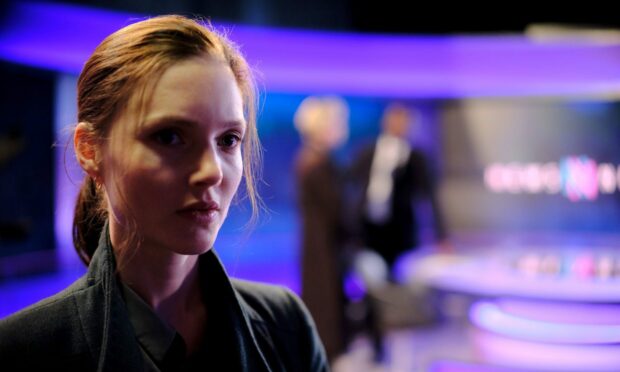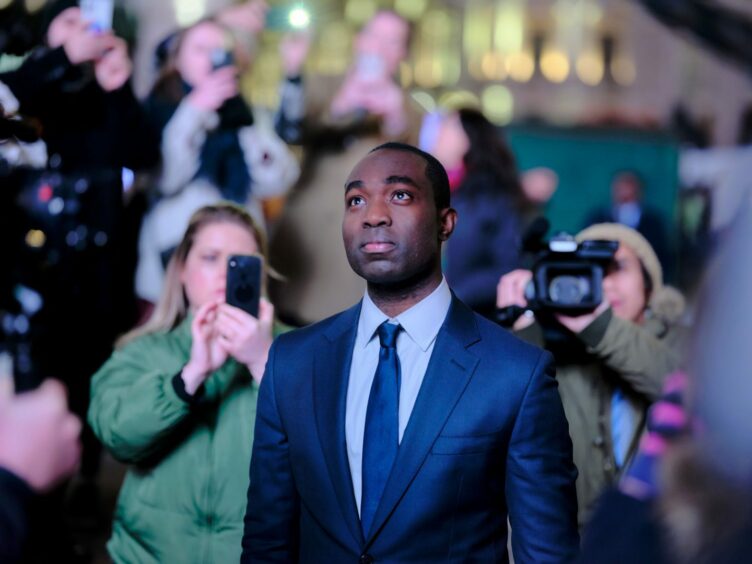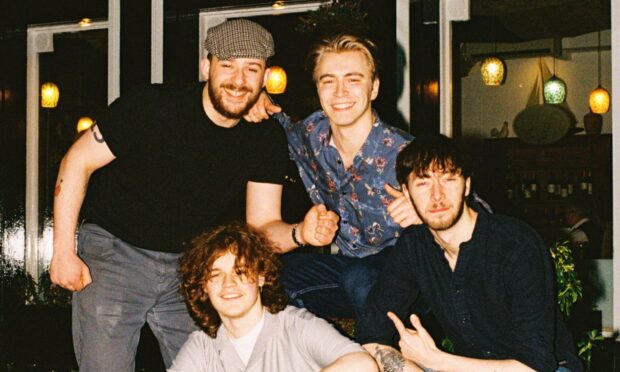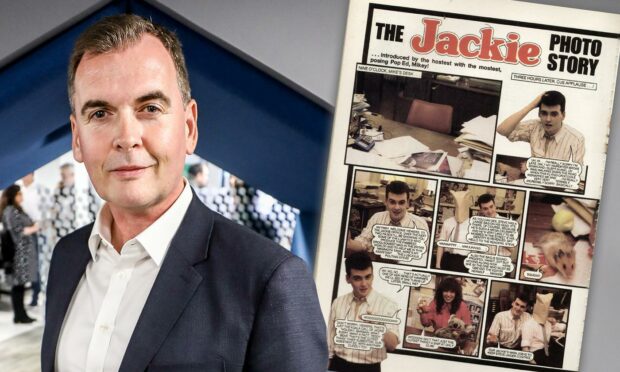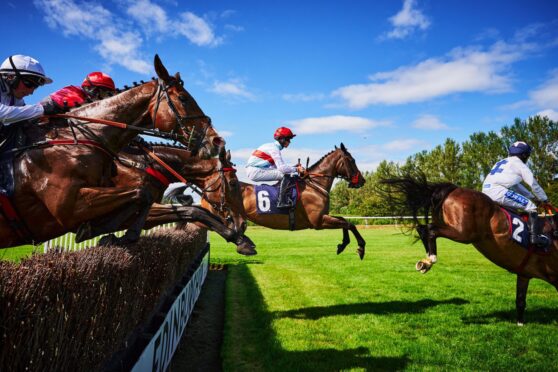In this post-Line of Duty era, any crime thriller which plays out amid grimly official towerblocks and peppers its dialogue with cool-sounding cop jargon is an apparent certainly to make it to our screens.
So we come to The Capture (BBC One/iPlayer), which started its second series with a double episode on Sunday night, and is actually pretty good.
More believable
In fact, if you’re over the wild desperation for relentless and ever less likely twists which LoD made its stock-in-trade, it’s a moderately more believable and less heart-racing experience.
In the first series back in 2019, DI Rachel Carey (Holliday Grainger) was drawn into the case of a British Special Forces soldier and accused war criminal who appeared to be the murderer of his own lawyer, thanks to CCTV evidence which showed him committing the crime.
Now the same theme returns, of technology in the wrong hands being used for nefarious purposes. There are two victims in this case; the first a Chinese dissident who is assassinated with a single gunshot in his London apartment.
Only a ghost
When the crime is investigated, however, the cameras which should have clearly picked up the attacker show only a ‘ghost’, a blank void where no figure appears, even as the movement-activated lights in the corridor flick on and off and the elevator doors open and close for them.
Meanwhile, young MP and Security Minister Isaac Turner (Paapa Essiedu) is taking a stand against Chinese tech company X4NDA, which is about to win a contract to supply facial recognition software to the British Government.
Turner knows X4NDA must be directly responsible to the Chinese state, and that the software might potentially be used for spying purposes – to allow agents through passport control or locate dissidents.
Yet before he can make his feelings public, he ends up on Newsnight, speaking of his approval for the company’s entry into the UK market.
Yet Turner wasn’t there; he’s been subject to ‘correction’, the use of deepfake technology to perfectly imitate a person’s image and voice and put words in their mouth on national television.
Intriguing plot
The set-up around both crimes is intriguing, and the outlandish premise isn’t as unlikely as it might seem, given advances in AI and deepfake technology.
A nominal bad guy is introduced early on – the softly-spoken head of X4NDA Yan Wanglei (Rob Yang) – but his air of menace makes him too obvious a contender.
Besides, why is Turner apparently being set up as to sell X4NDA’s tech onscreen, while also being threatened with the credibility-smashing outing of a lovechild he apparently fathered some years ago?
Grainger is well-cast as Carey, a woman who knows all about the UK’s correction activities and finds herself working on the inside while trying to subvert them from within.
In return, she’s followed by grainy surveillance cameras wherever she goes.
It’s nicely-paced, intriguing stuff, with a chilling message about electronic surveillance.
Especially recommended if you’re a fan of the ‘humourless people looking anxious as they walk around glass buildings’ school of cop show, and who isn’t these days?
